- Coast-to-coast: San Francisco to Savannah (Part 1)
- Coast-to-coast: San Francisco to Savannah (Part 2)
- Coast-to-coast: San Francisco to Savannah (Part 3)
- Coast-to-coast: San Francisco to Savannah (Part 4)
- Coast-to-coast: San Francisco to Savannah (Part 5)
- Coast-to-coast: San Francisco to Savannah (Part 6)
- Coast-to-coast: San Francisco to Savannah (Part 7)
- Coast-to-coast: San Francisco to Savannah (Part 8)
- Coast-to-coast: San Francisco to Savannah (Part 9)
- Coast-to-coast: San Francisco to Savannah (Part 10)
- Coast-to-coast: San Francisco to Savannah (Part 11)
- Coast-to-coast: San Francisco to Savannah (Part 12)
- Coast-to-coast: San Francisco to Savannah (Part 13)
- Coast-to-coast: San Francisco to Savannah (Part 14)
- Coast-to-coast: San Francisco to Savannah (Part 15)
- Coast-to-coast: San Francisco to Savannah (Part 16)
- Coast-to-coast: San Francisco to Savannah (Part 17)
- Coast-to-coast: San Francisco to Savannah (Part 18)
- Coast-to-coast: San Francisco to Savannah (Part 19)
- Coast-to-coast: San Francisco to Savannah (Part 20)
- Coast-to-coast: San Francisco to Savannah (Part 21)
- Coast-to-coast: San Francisco to Savannah (Part 22)
- Coast-to-coast: San Francisco to Savannah (Part 23)
- Coast-to-coast: San Francisco to Savannah (Part 24)
- Coast-to-coast: San Francisco to Savannah (Part 25)
- Coast-to-coast: San Francisco to Savannah (Part 26)
- Coast-to-coast: San Francisco to Savannah (Part 27)
- Coast-to-coast: San Francisco to Savannah (Part 28)
April 9, 2024
Coast-to-coast: San Francisco to Savannah (Part 9)
By Simon J. Lau
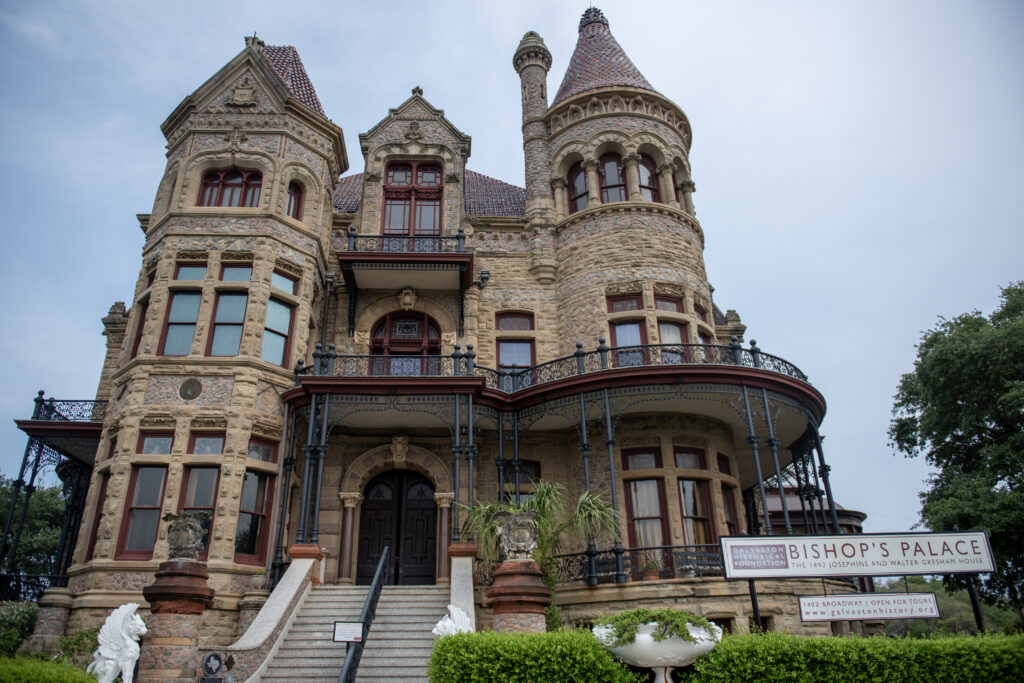
This morning, we visited Galveston’s East End Historic District, known for its Victorian-era architecture. Primarily residential, it boasts grand mansions, ornate homes, and elegant churches. For instance, Bishop’s Palace, also known as the Gresham House, is the most famous home in this neighborhood. It’s a Victorian mansion built between 1887 and 1893 for lawyer and politician Walter Gresham. Later purchased by the Roman Catholic Diocese of Galveston in 1923 as the residence for the Bishop. The mansion includes elaborate architectural details, including intricate carvings, stained glass windows, and ornate woodwork.
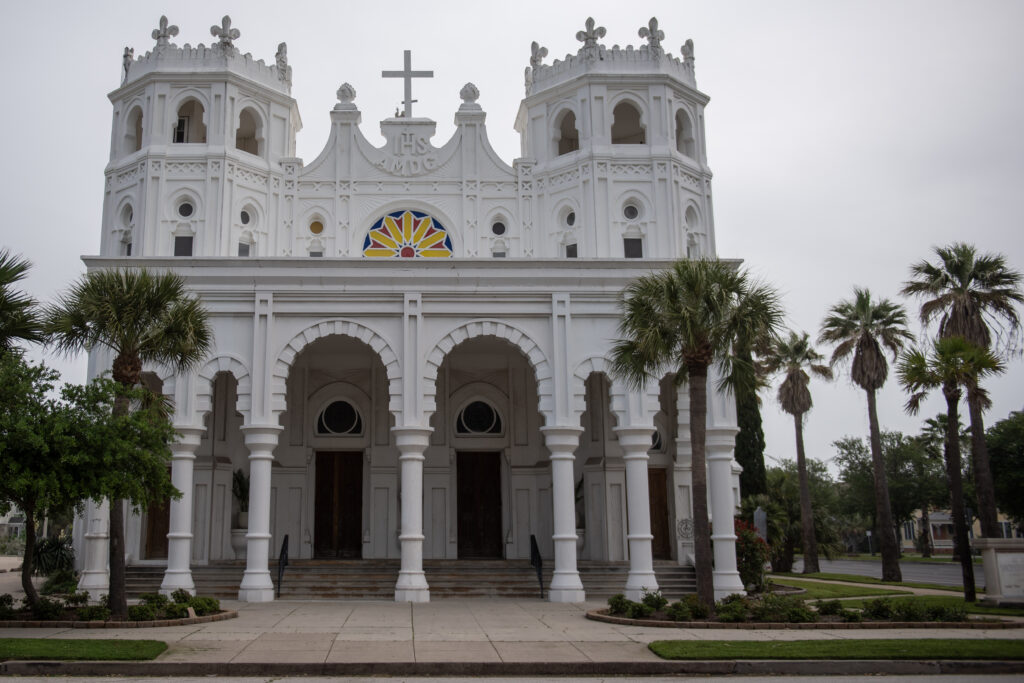

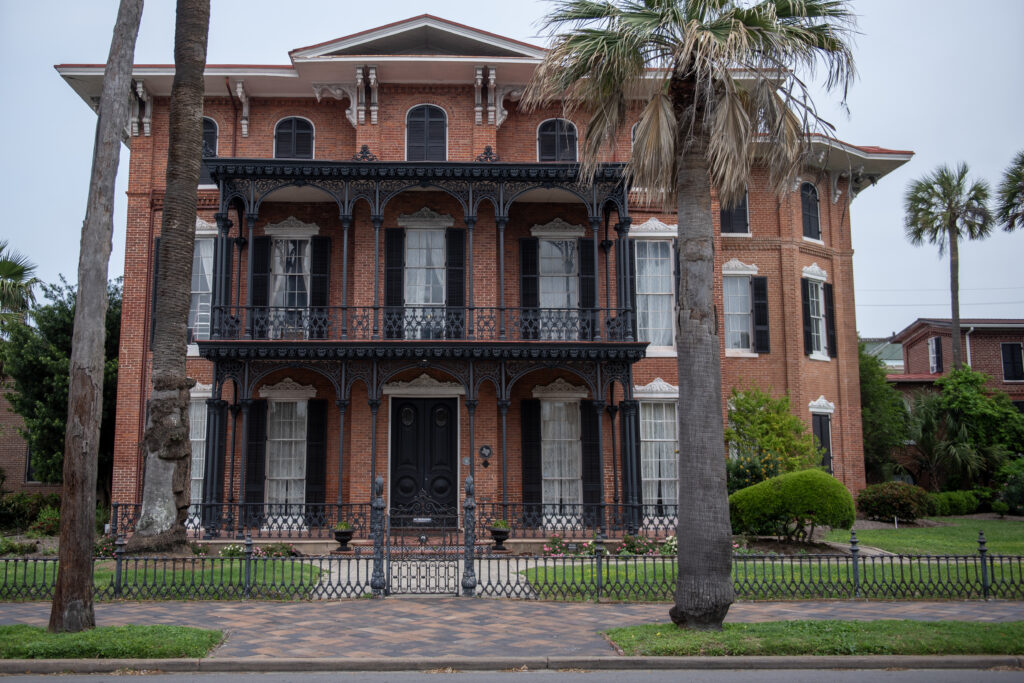
Besides Bishop’s Palace, there were many other beautiful homes and buildings in and around the neighborhood. Here are just a few examples.
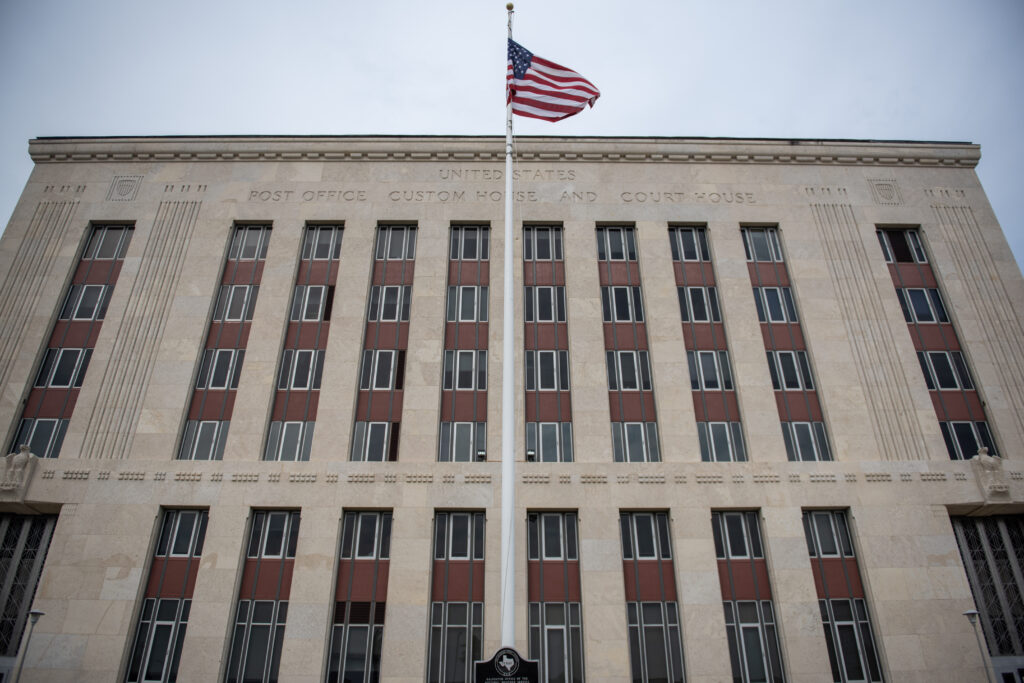

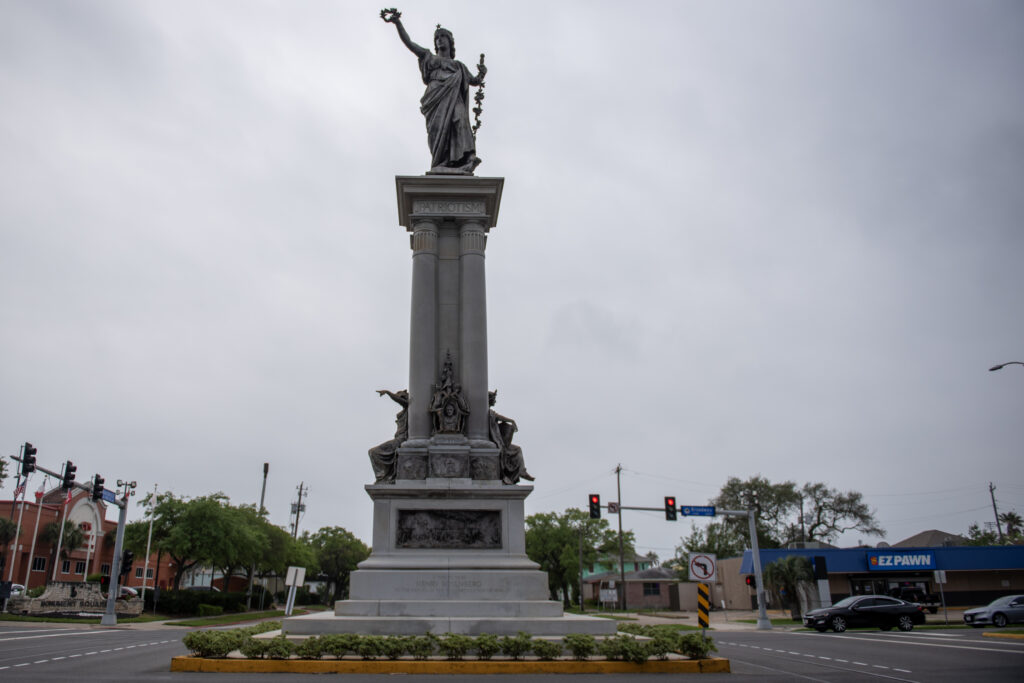
When walking around this area and other parts of Galveston, it’s clear that in its heyday, Galveston was quite notable. However, because of natural disasters and changes in economic dynamics, the Galveston economy collapsed. One significant event was the devastating Galveston Hurricane of 1900, which resulted in widespread destruction and loss of life, leading to a decline in population and economic activity. Additionally, the construction of the Houston Ship Channel in the early 20th century diverted maritime traffic away from Galveston, diminishing its role as a major port city.
In many ways, it’s reminiscent of the decline of once-iconic industrial cities such as Detroit, Cincinnati, and others that faced economic challenges when US manufacturing was outsourced to lower-cost countries. In many cases, the urban infrastructure left behind often remains impressive, despite the decay.

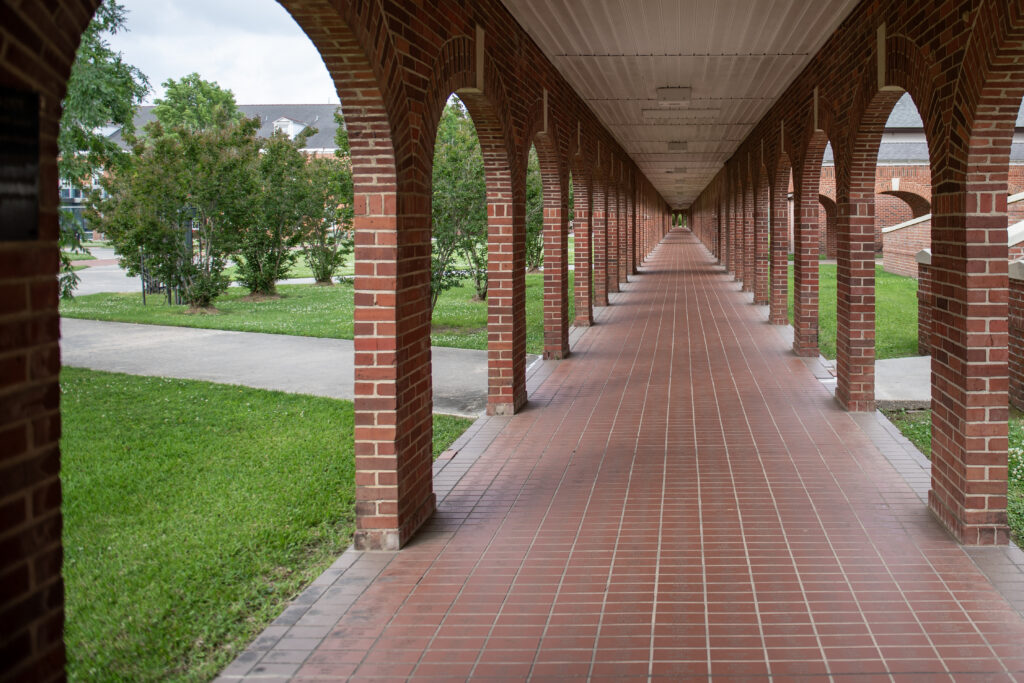

Later, we drove to Lafayette, a city renowned for its unique blend of Cajun and Creole culture. People have asked me why I’d visit Lafayette and not New Orleans. I’ve been to New Orleans several times already, so I wanted to explore a new part of Louisiana.
Once we arrived, we made a stop at the University of Louisiana at Lafayette. Though not large, the campus is pretty. The oak trees, in particular, were beautiful. Their first president, Dr. Edwin L. Stephens, planted many oak trees on campus. After more than 100 years, these trees have grown to tower over many parts of the campus, providing what I suspect is much-needed shade on scorching hot days.

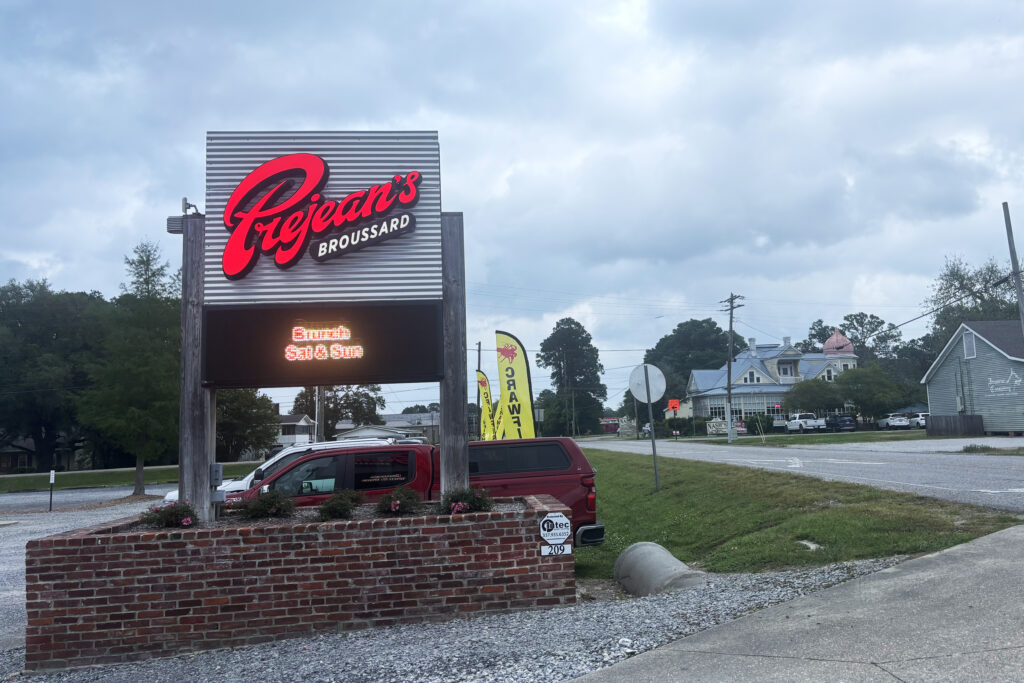
For dinner, I enjoyed Cajun cuisine at Prejean’s. The jumbo tailed stuffed shrimp and corn maque-choux were excellent. I also particularly loved the name of the restaurant. It reminded me of Jean, my wife, but in the days before Jean. Prejean.
I had high hopes for Lafayette and initially planned to stay for two nights. Although dinner was excellent, this town is generally very impoverished and many parts are really sketchy. One night is more than enough for us, we’re on the road again tomorrow!

Finally, our route from Galveston to Lafayette (238 miles or 383 km).



Comments are closed.